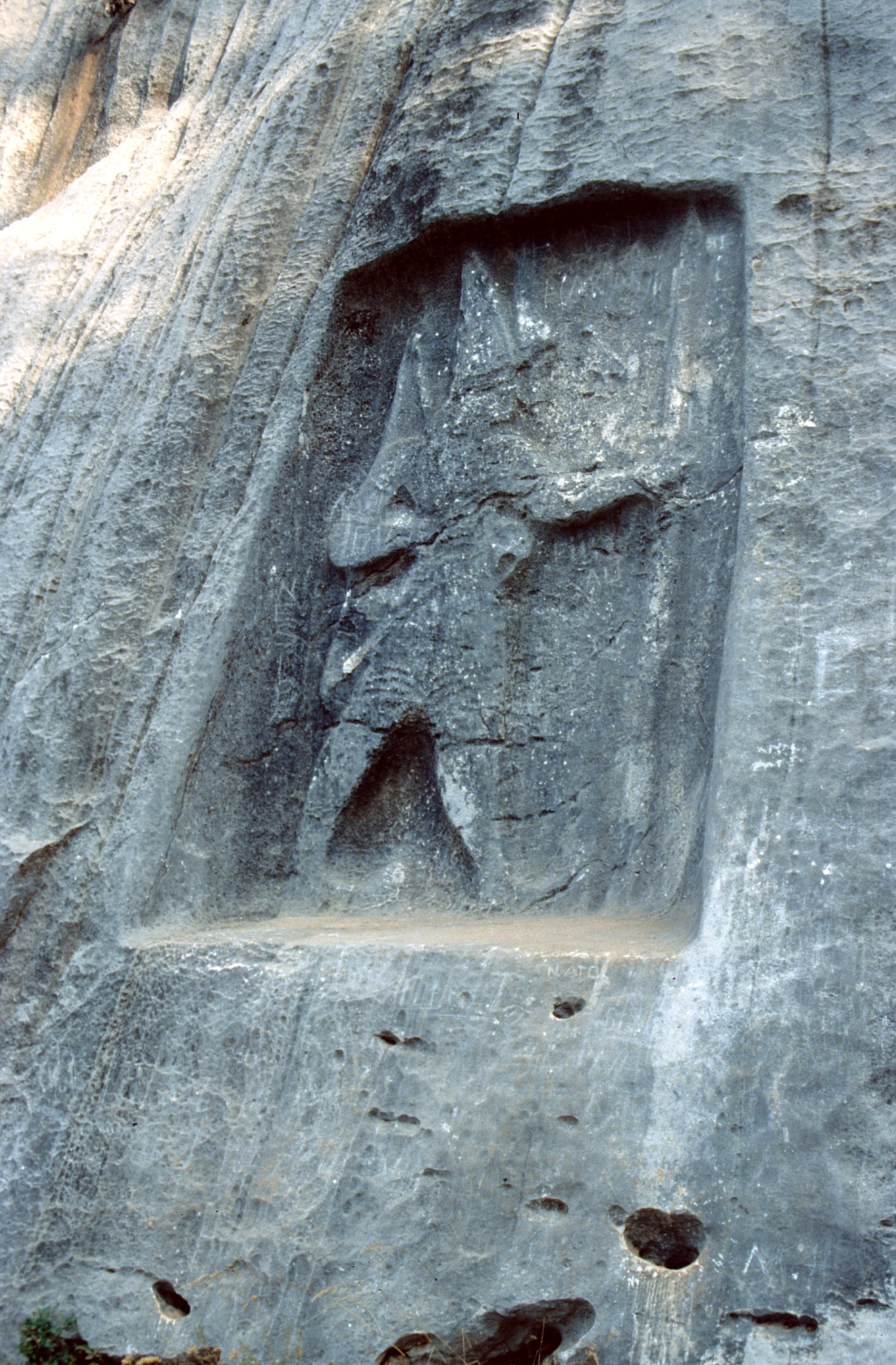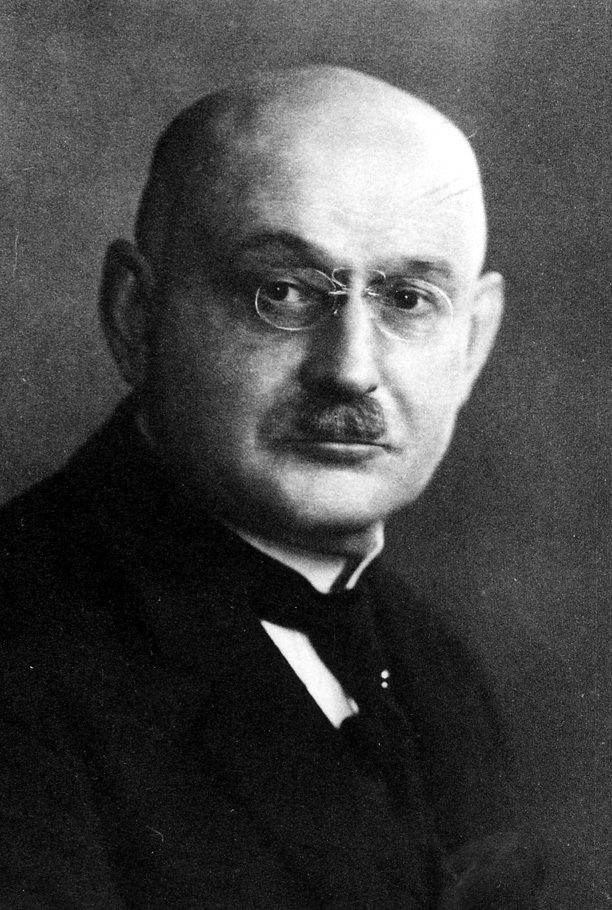|
Mira (kingdom)
Mira (ca. 1330–1190 BC), in the Late Bronze Age II A, Late Bronze Age, was one of the semi-autonomous vassal state kingdoms that emerged in western Anatolia (Asia Minor) following the defeat and partition of the larger kingdom of Arzawa by the victorious Šuppiluliuma I, Suppiluliuma I of the Hittite Empire. A significantly smaller Arzawa continued, centered on Apasa (Ephesus), with Mira to the east. Location According to the current understanding, Mira's northern border with the Seha River Land was marked by the Karabel relief. This was first proposed in 1975 by Hans Gustav Güterbock and confirmed by John David Hawkins decipherment of the inscription on the relief in 1998. The southern border with the Lukka lands was probably at Milas, while the eastern border with Hapalla and the Hittite kingdom may have been somewhere around Afyon.Horst Ehringhaus: ''Götter, Herrscher, Inschriften – Die Felsreliefs der hethitischen Großreichszeit in der Türkei'', von Zabern 2005 p. 9 ... [...More Info...] [...Related Items...] OR: [Wikipedia] [Google] [Baidu] |
Bronze Age
The Bronze Age () was a historical period characterised principally by the use of bronze tools and the development of complex urban societies, as well as the adoption of writing in some areas. The Bronze Age is the middle principal period of the three-age system, following the Stone Age and preceding the Iron Age. Conceived as a global era, the Bronze Age follows the Neolithic, with a transition period between the two known as the Chalcolithic. The final decades of the Bronze Age in the Mediterranean basin are often characterised as a period of widespread societal collapse known as the Late Bronze Age collapse (), although its severity and scope are debated among scholars. An ancient civilisation is deemed to be part of the Bronze Age if it either produced bronze by smelting its own copper and alloying it with tin, arsenic, or other metals, or traded other items for bronze from producing areas elsewhere. Bronze Age cultures were the first to History of writing, develop writin ... [...More Info...] [...Related Items...] OR: [Wikipedia] [Google] [Baidu] |
Karabel Relief
The Hittites, Hittite / Luwian Karabel relief is a rock relief in the pass of the same name, between Torbalı and Kemalpaşa, about 20 km from İzmir in Turkey. Rock reliefs are a prominent aspect of Hittite art. Description The monument originally consisted of four parts: two ruler figures carved into the cliff (Karabel A and B) and two inscriptions on boulders (Karabel C1 and C2). During the construction of a road through the pass between 1977 and 1982, all the reliefs except for Karabel A were destroyed. Karabel A shows a warrior marching to the right with a bow in his right hand and a spear in his left. There are Luwian hieroglyphs inscribed above his left arm. The relief is 1.5 m wide and 2.5 m high The Karabel relief was damaged by unknown persons, presumed to be treasure hunters, in early 2019. Research history Herodotus interpreted the figure as the Egyptian Pharaoh Sesostris. The relief was visited by the French traveller Charles Texier in 1839 – he publi ... [...More Info...] [...Related Items...] OR: [Wikipedia] [Google] [Baidu] |
Reallexikon Der Assyriologie Und Vorderasiatischen Archäologie
The ''Reallexikon der Assyriologie und Vorderasiatischen Archäologie'' (RlA), formerly ''Reallexikon der Assyriologie'', is a multi-language (English, German, and French) encyclopedia on the Ancient Near East The ancient Near East was home to many cradles of civilization, spanning Mesopotamia, Egypt, Iran (or Persia), Anatolia and the Armenian highlands, the Levant, and the Arabian Peninsula. As such, the fields of ancient Near East studies and Nea .... It was founded by Bruno Meissner in 1922, reformed in 1966 by editor and publisher Wolfram von Soden. The lead editor was Dietz Otto Edzard from 1972 to 2004, with taking over in 2005. A team of 585 different authors from many countries have been involved in the project, producing 15 voles, the latest of which was published in 2018. Not to be confused with the '' Akkadisches Handwörterbuch'' (AHw).Akkadisches Handworterbuch; Unter Benutzung des lexikalischen Nachlasses von Bruno Meissner (1868–1947) (German Edition) ... [...More Info...] [...Related Items...] OR: [Wikipedia] [Google] [Baidu] |
Dietz Otto Edzard
Dietz Otto Edzard (28 August 1930 in Bremen – 2 June 2004 in Munich) was a German scholar of the Ancient Near East and grammarian of the Sumerian language. He was elected a foreign member of the Royal Netherlands Academy of Arts and Sciences in 1976 and an International member of the American Philosophical Society in 1996. Works * ''Sumerian Grammar'' 2003 * ''Geschichte Mesopotamiens: Von den Sumerern bis zu Alexander dem Großen'' 2004 * ''Gudea Gudea ( Sumerian: , ''Gu3-de2-a''; died 2124 BC) was a Sumerian ruler ('' ensi'') of the state of Lagash in Southern Mesopotamia, who ruled –2060 BC ( short chronology) or 2144–2124 BC ( middle chronology). He probably did not come from the ... and His Dynasty'' (Royal Inscriptions of Mesopotamia Early Periods) 1997 * ''"Gilgames und Huwawa" : Zwei Versionen der sumerischen Zedernwaldepisode nebst einer Edition von Version " B "'' 1993 * ''Die Orts- und Gewässernamen der präsargonischen und sargonischen Zeit'' (Beihefte zu ... [...More Info...] [...Related Items...] OR: [Wikipedia] [Google] [Baidu] |
Bruno Meissner
Bruno Meissner also Bruno Meißner (25 April 1868, in Graudenz – 13 March 1947, in Zeuthen) was a German assyriologist.Erika Bleibtreu, Johannes Boese and Barthel Hrouda: ''Orientalistenleben. Kurzbiografien von E. F. Weidner, B. Meissner, E. Unger und F. Hommel'', In: ''Alter Orient aktuell'' 8 (2007), S. 26f. From 1904 to 1921 Meissner was professor at the University of Breslau, then from 1921 professor of assyriology at the University of Berlin. His main work on Babylonian and Assyrian cuneiform texts appeared in 1920 and 1925 in two volumes. He also authored a major text with Dietrich Opitz on the palace of Nineveh. He originated the '' Reallexikon der Assyriologie'' and papers from his legacy Legacy or Legacies may refer to: Arts and entertainment Comics * " Batman: Legacy", a 1996 Batman storyline * '' DC Universe: Legacies'', a comic book series from DC Comics * ''Legacy'', a 1999 quarterly series from Antarctic Press * ''Legacy ... form a large part of Wol ... [...More Info...] [...Related Items...] OR: [Wikipedia] [Google] [Baidu] |
Erich Ebeling (historian)
The given name Eric, Erich, Erikk, Erik, Erick, Eirik, or Eiríkur is derived from the Old Norse name ''Eiríkr'' (or ''Eríkr'' in Old East Norse due to monophthongization). The first element, ''ei-'' may be derived from the older Proto-Norse ''* aina(z)'', meaning "one, alone, unique", ''as in the form'' ''Æ∆inrikr'' explicitly, but it could also be from ''* aiwa(z)'' "everlasting, eternity", as in the Gothic form ''Euric''. The second element ''- ríkr'' stems either from Proto-Germanic ''* ríks'' "king, ruler" (cf. Gothic ''reiks'') or the therefrom derived ''* ríkijaz'' "kingly, powerful, rich, prince"; from the common Proto-Indo-European root * h₃rḗǵs. The name is thus usually taken to mean "sole ruler, autocrat" or "eternal ruler, ever powerful". ''Eric'' used in the sense of a proper noun meaning "one ruler" may be the origin of '' Eriksgata'', and if so it would have meant "one ruler's journey". The tour was the medieval Swedish king's journey, when newly e ... [...More Info...] [...Related Items...] OR: [Wikipedia] [Google] [Baidu] |
Susanne Heinhold-Krahmer
Susanne may refer to: *Susanne (given name), a feminine given name (including a list of people with the name) *, later USS ''SP-411'', a United States Navy patrol boat in commission from 1917 to 1919 *, the proposed name and designation for a vessel the Navy considered for service during World War I but never acquired * ''Susanne'' (1950 film), a Danish film directed by Torben Anton Svendsen * ''Susanne'' (1961 film), a Swedish film directed by Elsa Colfach * "Susanne" (song), by Weezer See also * *Suzanne (other) *Susanna (other) *Susana (other) *Susann Susann is a given name and surname, a variant of Susan. Notable persons with that name include: Persons with the given name * Susann-Annette Storm (born 1957), German attorney and university chancellor * Susann B. Winter (fl. 1970s–present), Ger ... * Zuzana {{disambiguation ... [...More Info...] [...Related Items...] OR: [Wikipedia] [Google] [Baidu] |
Afyon
Afyonkarahisar (, 'poppy, opium', ''kara'' 'black', ''hisar'' 'fortress') is a major city in western Turkey. It is the administrative centre of Afyonkarahisar Province and Afyonkarahisar District. Its population is 251,799 (2021). Afyon is in the mountainous countryside inland from the Aegean coast, south-west of Ankara along the Akarçay River. In Turkey, Afyonkarahisar stands out as a capital city of hot springs and spas, an important junction of railway, highway and air traffic in West-Turkey, and the place where independence was won. In addition, Afyonkarahisar is one of Turkey's leading provinces in agriculture, globally renowned for its marble and is the world's largest producer of pharmaceutical opium. In antiquity, the city was called Akroinon and it is the site of Afyonkarahisar Castle, built around 1350 BC. Etymology The name Afyon Kara Hisar literally means ''opium black fortress'' in Turkish, since opium was widely grown here and there is a castle on a black rock. I ... [...More Info...] [...Related Items...] OR: [Wikipedia] [Google] [Baidu] |
Hapalla
Hapalla ( Hittite: 𒄩𒁄𒆷 ''Hapalla'' or ''Haballa''), was a Late Bronze Age petty kingdom in central-western Anatolia. As one of the Arzawa states, it was a sometime vassal and sometime enemy of the Hittite Empire. History All we know about Hapalla comes from Hittite royal archives. It bordered to the west by Mira, to the east by the Lower Land, and to the south by the land of Tarhuntassa, thus Hapalla may correspond to the classical region of Pisidia. Because of its position so close to the heart of the empire, it was often paid more attention by the Hittites, which considered it a bit like a buffer between the motherland and its Arzawa vassals. Late Bronze Hittite Middle Kingdom The first mention of Hapalla is when Arnuwanda I (c. 1380 BCE) asks for help against a local uprising there. He bestows this duty to his vassal Madduwatta, who betrays him by taking Hapalla for himself. After threats from Arnuwanda, Madduwatta yields and hands it back to the Hittites. Hit ... [...More Info...] [...Related Items...] OR: [Wikipedia] [Google] [Baidu] |
Milas
Milas is a municipality and Districts of Turkey, district of Muğla Province, Turkey. Its area is 2,067 km2, and its population is 147,416 (2022). The city commands a region with an active economy and is very rich in history and ancient remains, the territory of Milas containing a remarkable twenty-seven archaeological sites of note. The city was the first capital of ancient Caria and of the Anatolian beylik of Menteşe (beylik), Menteşe in mediaeval times. The nearby Mausoleum of Hecatomnus is classified as a tentative UNESCO World Heritage Site. Milas is focused on agricultural and aquaculture, aquacultural processing, related industrial activities, services, transportation (particularly since the opening of Milas–Bodrum Airport), tourism and culture. The centre lies about 20 km from the coast and is closer to the airport than Bodrum itself, with many late arrival passengers of the high season increasingly opting to stay in Milas rather than in Bodrum where accommod ... [...More Info...] [...Related Items...] OR: [Wikipedia] [Google] [Baidu] |
Lukka Lands
The Lukka lands (sometimes Luqqa lands), were an ancient region of Anatolia. They are known from Hittite and Egyptian texts, which viewed them as hostile. It is commonly accepted that the Bronze Age toponym Lukka is cognate with the Lycia of classical antiquity. Geography Lukka was located in southwestern Anatolia. However, its exact extent is a matter of debate. Trevor Bryce has argued that the Lukka lands covered a large area including the regions later known as Lycaonia, Pisidia and Lycia.Bryce, Trevor. (1999). ''The Kingdom of the Hittites'', p. 33-54. United Kingdom, Oxford University PressGoogle Books Other researchers, such as Ilya Yakubovich, have argued that Lukka was limited to Lycia and that "the Hittite kings did not regard Lukka as a state and...that this land was politically decentralized."Ilya Yakubovich (2010) ''Sociolinguistics of the Luvian Language'', pp. 134, 167. Leiden: Brill. Researcher Rostislav Oreshko argues that there were two centers of Lukkan power ... [...More Info...] [...Related Items...] OR: [Wikipedia] [Google] [Baidu] |





